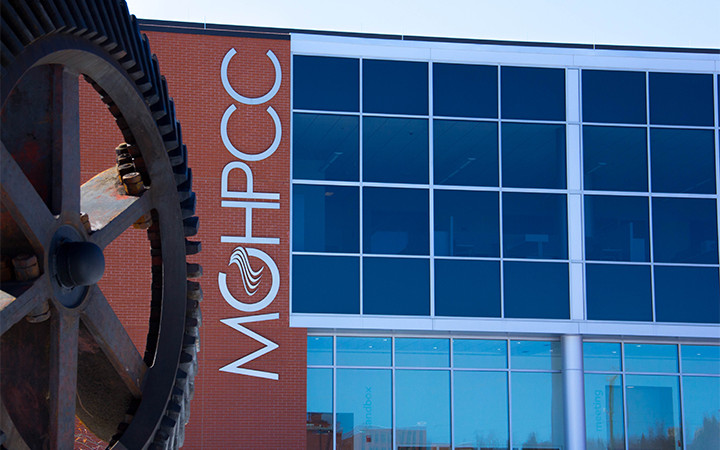President of Boston University and Chair of the Massachusetts Green High Performance Computing Center writing today in the Boston Business Journal.
By Robert Brown

Robert Brown is the president of Boston University and chair of the Massachusetts Green High Performance Computing Center.
Massachusetts is known the world over as a hub of scientific discovery and innovation. Each year, the commonwealth’s research enterprise attracts billions of dollars in funding, creating thousands of jobs while spinning out new products and companies. Less known, even within Massachusetts, is the role and importance of research computing — the massive computational infrastructure on which this research relies.
Research computing has become as essential to knowledge discovery as theory or real-world experiment. Today, virtually no breakthrough or advance — from health care to geophysics to urban planning — takes place without trillions of computations. Research computing is now a mainstay of the state’s innovation economy, as important as any single field or industry.
A decade ago, recognizing the importance of high-performance computing to both science and the economy, an unprecedented partnership among academia, state and local government, and the technology sector launched a world-class data center called the Massachusetts Green High Performance Computing Center (MGHPCC). In partnership with the commonwealth, the majority funding for construction and ongoing operations has come from the five founding universities — Boston University, Harvard University, MIT, Northeastern University, and the University of Massachusetts system, along with essential support from industry partners Cisco and EMC, and the federal government.
As I begin my final year as chair of the MGHPCC board of directors, it is my hope that the value of research computing and the MGHPCC continue to be recognized and leveraged by policymakers and the business community as a key asset and partner in the state’s efforts to attract public and private research funding (for which competition is intense) and the economic benefits it brings.
The MGHPCC is used by tens of thousands of researchers who perform millions of virtual experiments every month in every field of scientific endeavor. Some examples:
BU assistant professor Jonathan Appavoo is working with Boston Children’s Hospital radiologist Ellen Grant on a project to deliver high-quality fetal scans to prospective parents in seconds rather than hours.
A team led by Harvard professor Brendan Meade is using neural networks to better predict earthquake aftershock locations and better understand the physics that cause them.
MIT professor Adam Willard is modeling the movement of electrons through organic photovoltaic material in work that could change the future of solar energy.
Northeastern assistant professor Paul Whitford is modeling complex proteins to improve our understanding of biological processes and to enable new nanotechnology applications.
UMass Amherst chemist Scott Auerbach is working on the development of renewable, carbon-neutral fuels from biomass.
In addition to creating national-scale computational capacity, the MGHPCC provides a platform for its members to integrate computer science research, operations expertise, and industry partnerships to advance the state of the art in research computing services and support. The MGHPCC has also fostered regional collaborations such as the Northeast Cyberteam initiative, an NSF-funded partnership between the MGHPCC and other universities in the region to improve support for researchers at small and mid-sized institutions.
Located in Holyoke, the MGHPCC has become an important partner in education and workforce development with public schools in the Pioneer Valley. Programs include internships for local community college students and after-school activities that introduce middle school students to computing concepts.
Research computing is an often-unheralded service performed by an unseen network of hardware, software, and people, but it is core to the modern research infrastructure that undergirds the steady stream of scientific breakthroughs coming out of our laboratories and to the economic transformation of Massachusetts.
